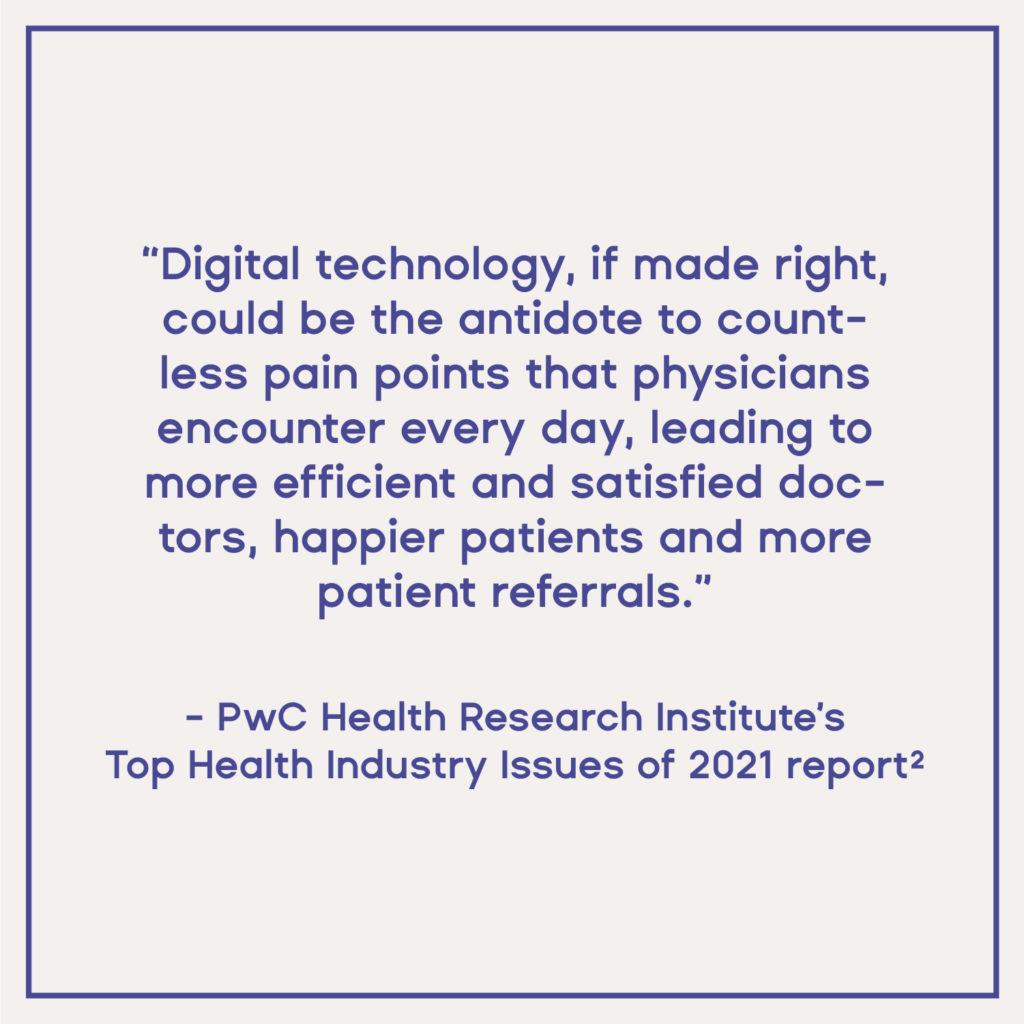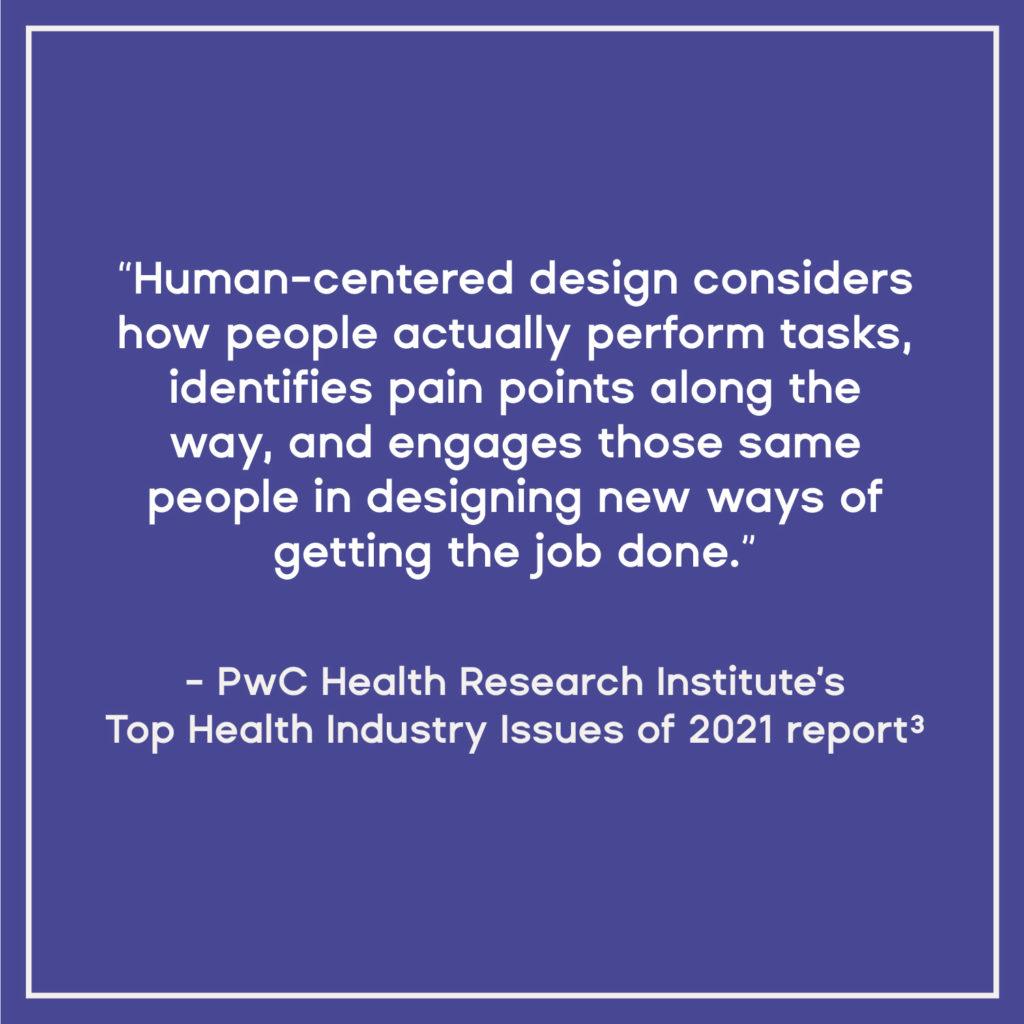As Medicare programs move toward risk-based contracting, there will be challenges in care coordination across these transitions. Accountable Care Organizations (ACOs) and Direct Contracting Entities (DCEs) must therefore develop solutions to address these pain points. However, existing healthcare systems are often not well-designed for this purpose. Care transitions pose particularly significant problems when trying to achieve value-based healthcare goals. It is essential for providers to invest in these areas in order to excel, as it will lead to better patient outcomes, more efficient care, and higher levels of patient satisfaction.
In order to achieve improved care coordination, several solutions can be considered. In each case, a more integrated, transparent, and accountable system is critical. Healthcare providers must overcome the difficulties in improving information sharing and data tracking to realize these goals. If done effectively, value-based healthcare communications can evolve to assist providers and patients. This will help ensure patients receive the right care, at the right time, in the right setting. With this in mind, the following are strategies that healthcare entities should explore in these pursuits.
Common Care Coordination and Communication Issues
The push toward value-based healthcare has been motivated by several inefficiencies and high-cost practices in medicine. Notably, the US healthcare system suffers from significant fragmentation. This has led to duplication of services, high rates of medical errors, poor patient outcomes, and excessive costs. Further, roughly 80% of all serious medical errors are known to be related to poor communication. This is especially true during care transitions from one setting to the next. In order to address this, value-based healthcare communications must be improved. In turn, this will lead to improved care coordination across different environments.
The lack of value-based healthcare communications is not only apparent among providers and administrators. Patients and family members also recognize shortcomings in these areas. In recent surveys, nearly half of patients are dissatisfied with the quality of information sharing and care coordination. This is most notable after transitioning to other care environments, including home environments, after a hospitalization. Reasons for this are several and range from a lack of efficient processes to outdated information systems. Fortunately, these are also areas where providers can make significant improvements to reverse these trends.
Improved Value-Based Healthcare Communications in Referrals
One of the common areas where care coordination has been a problem involves health referral management systems. Remarkably, three-quarters of all referrals in healthcare are still sent by fax. Of those that are faxed, slightly more than half are actually scheduled. Likewise, less than 50% of referring providers actually receive verification that a scheduled visit was completed. Notably, this undermines trackability and accountability. For these reasons, provider networks should target referral management systems as a potential area for improved care coordination.
One of the easiest strategies in this regard involves digitizing health care referrals. By adopting electronic referral systems, referrals can be easily documented and traced. At the same time, scheduling becomes more efficient, and both patients and providers enjoy greater transparency of care processes. In addition, digital referral management systems help keep referrals within a defined network, reducing the chance of information leakage. All of this helps to improve provider collaboration and care coordination across care settings.
Improved Care Coordination Through Network Integrations
In addition to improved referral management systems, enhanced network integrations are likewise important for better care coordination. Many healthcare organizations connect legacy EHR systems with more modernized HIT structures. This commonly creates data gaps and problems in value-based healthcare communications. The lack of shared information and data contributes to high-cost, inefficient care.
A fully integrated platform across network providers can improve value-based healthcare communications. Such a system can allow real time status updates involving patient care. As such, any change in patient care can be easily seen and tracked by any appropriate provider in the network. Direct provider-to-platform messaging also allows more seamless communications across all care transitions among providers. These types of strategies promote not only greater transparency but also greater accountability among all stakeholders.
Leveraging Technology for Better Communications
Network integrations and digital processes have been utilized by most other industries to improve operational efficiency and quality. Unfortunately, however, healthcare systems have lagged behind, in part because of the fragmented structures that characterize healthcare as a whole. As a result, healthcare providers today must revise their approach in an effort to realize improved care coordination. Those that adopt effective value-based healthcare communications will thrive in risk-based contracting environments. Modernizing referral management systems and pursuing tightly integrated networks are key strategies that should be considered in efforts to achieve these goals.
1 Gattis, C. (2021). How Value-Based Care Can Achieve Seamless Coordination and Communication. ManagedHealthcareExecutive.com. Retrieved from https://www.managedhealthcareexecutive.com/view/virtual-hybrid-meetings-are-the-present-is-the-healthcare-industry-ready-for-it-
2 Barreau, J. (2021). The next wave of healthcare innovation lives in the cloud. HealthcareGlobal.com. retrieved from https://healthcareglobal.com/technology-and-ai/next-wave-healthcare-innovation-lives-cloud
3 Ibid.





